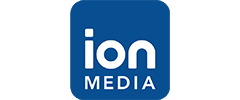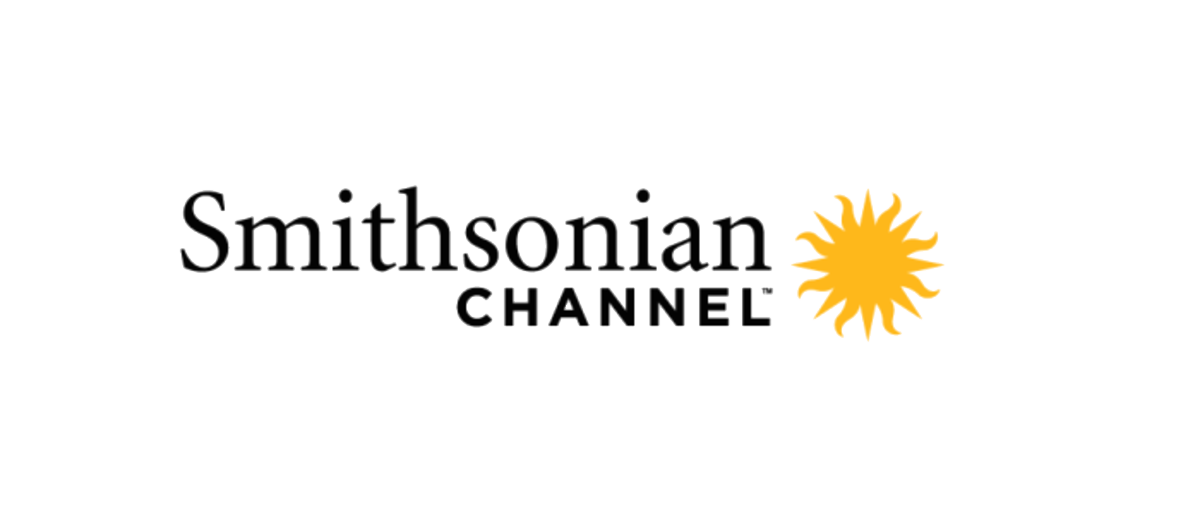Cable operators have invested over $275 billion over the last two decades to deploy and continually upgrade hybrid fiber-coaxial cable (HCF) networks and other infrastructure to thousands of communities—large and small—throughout America. The cable industry alone makes high-speed internet service available to over 93 percent of American households, including millions of households in rural America. While this and other private investment fuels deployment, the cable industry recognizes that some Americans live in areas where it is uneconomic to build and operate broadband networks absent financial support from the government. Governmental support includes multiple broadband programs at the U.S. Department of Agriculture (USDA) and through the Universal Service Fund (USF).
The Universal Service Fund
To implement the 1996 Telecom Act, the FCC established four programs:
- The High Cost program provides support to eligible telecommunications companies that in turn offer rates and service comparable to those available in urban areas.
- The Schools and Libraries (E-rate) program provides discounts to eligible schools and libraries that qualify for reduced rates.
- The Lifeline program provides support to telecommunications companies that in turn offer discounts to eligible consumers.
- The Rural Health Care program provides support to eligible rural health care providers that qualify for reduced rates.
In 2011, the FCC fundamentally reformed the High Cost program so that it could support both telephone and broadband service. That order, for the first time, capped that portion of the fund at $4.5 billion per year and set limits on the amount of funds available to carriers.
- Pursuant to the reforms adopted in 2011, the Commission created the Connect America Fund, which has committed to provide $1.8 billion per year for the next six years in high-cost areas served by price cap local exchange carriers. Carriers accepting the money must provide broadband service at speeds of at least 10 Mbps downstream/1 Mbps upstream to a specific number of locations in census blocks not already served by unsubsidized providers. Incumbent price cap LECs were given a right-of-first-refusal for this funding and roughly 90 percent of the money was accepted by these carriers. The remaining funding, nearly $2 billion over 10 years, will be available through an auction mechanism open to all providers. The auction is scheduled to begin on July 24, with a March 30 deadline for applications to participate.
- The Commission also has committed to provide $2.0 billion per year for the next ten years to incumbent rate-of-return carriers. Carriers were provided the choice between funding calculated using a cost model or remaining with a revised version of rate-of-return regulation.
For carriers selecting the model, support is available only for census blocks not already served by an unsubsidized provider. Under both options, a carrier’s deployment obligation varies (either 25/3, 10/1, or 4/1) based on the cost of the areas they serve. - The Commission has created, but not funded, a Remote Areas Fund for areas not covered by the Connect America Fund. The budget for that program is supposed to be $100 million annually.
The Commission also distributed $300 million in Phase 1 of the Mobility Fund to provide support for areas that do not have 4G wireless coverage, along with $50 million through a Tribal Mobility Fund. The Commission recently approved Phase II of the Mobility Fund which will award $453 million to extend 4G service.
The Schools and Libraries program, also known as the E-rate program, makes telecommunications and information services more affordable for schools and libraries in America. Mandated by Congress in 1996 and implemented by the FCC in 1997, the E-rate program provides discounted telecommunications, Internet access, and internal connections to eligible schools and libraries, funded by the Universal Service Fund. In 2014, the FCC adopted the E-rate Modernization Order and the Second E-rate Modernization Order as part of a comprehensive review to modernize the program. Among the most notable reforms, the Commission increased the budget for the E-rate program from $2.25 billion to $3.9 billion per year, indexed to inflation.
Lifeline is the FCC’s program to help make communications services more affordable for low-income consumers by providing a discount of up to $9.25 per month on the price of service. Lifeline provides subscribers a discount on monthly telephone service purchased from participating providers in the marketplace. On March 31, 2016, the FCC approved rules to modernize Lifeline so that subscribers can also purchase discounted broadband from participating providers. Discounts will apply to stand-alone broadband, bundled voice-broadband packages – either fixed or mobile – and stand-alone voice service. Unlike other programs, the Lifeline program has no fixed annual budget. In 2017, the FCC issued a Notice of Proposed Rulemaking seeking comment on whether it should establish such a budget and make a number of other significant changes to the program.
The Rural Health Care program, which includes the new Healthcare Connect Fund, provides funding to eligible health care providers (HCPs) for telecommunications and broadband services necessary for the provision of health care. The goal of the program is to improve the quality of health care available to patients in rural communities by ensuring that eligible HCPs have access to telecommunications and broadband services. Funding for the Rural Health Care Program is currently capped at $400 million annually, butin 2017 the FCC issued a Notice of Proposed Rulemaking seeking comment on whether to increase the budget, as well as a number of other potential changes to the program.
USDA Rural Broadband Programs
Telecommunications Infrastructure Loans & Loan Guarantees Program: The Telecommunications Infrastructure Loans & Loan Guarantees Program (Telecom Program) is administered by the USDA Rural Development’s Utilities Program with an annual authorization and appropriation of $670 million. The Telecom Program finances construction, maintenance, improvement and expansion of telephone service and broadband in rural areas for a wide range of entities – state and local governments, Indian tribes, nonprofits, including cooperatives, and for-profit companies. Eligible areas include rural areas and towns with a population of 5,000 or less or areas without telecommunications facilities where the 3 applicant is the recognized telecommunications provider. There are three types of loans: cost-of-money loans at U.S. Treasury rates, guaranteed loans from the Federal Financing Bank (variable interest rates), and hardship loans at a fixed interest rate. Telecom Program funds may not duplicate similar services available in the same area. To date, billions from the Telecom Program have been dispersed to rural America.
Farm Bill Rural Broadband Loans & Loan Guarantee Program: The Farm Bill Rural Broadband Loans & Loan Guarantee Program (Broadband Program) funds the costs of construction, improvement or acquisition of facilities and equipment to provide service at the “broadband lending speed” in eligible rural areas. The 2014 Farm Bill set the broadband lending speed at 4 Mbps downstream and 1 Mbps upstream. The USDA Secretary may adjust the speeds, and in its most recent 2017 NOFA, the RUS listed the required lending speed at 25 Mbps downstream and 3 Mbps upstream. Eligible rural areas must include at least 15 percent unserved households; must not include any areas where there are three or more “incumbent service providers” (defined now as offering service of 25/3); and must not overlap the service area of current Rural Utilities Service (RUS) borrowers or grantees. For the Broadband Program, an eligible rural area has not more than 20,000 people and is not in an urbanized area contiguous and adjacent to a city or town that has a population of greater than 50,000. These cost-of-money loan terms are limited to the expected life of the assets to be financed plus three years. The 2014 Farm Bill authorized $25 million annually for this Program, but appropriations have been less ($4.5 budget authority for FY2017).
Rural Gigabit Network Pilot Program: The 2014 Farm Bill authorized the Rural Gigabit Network Pilot Program (the Pilot Program) for $10 million annually consisting of loans, loan guarantees or grants, but the Pilot Program has not been funded to date. Eligible entities must meet very specific criteria. This program has not yet been funded. Community Connect Grants: The Community Connect Grant Program funds the construction, acquisition, or leasing of facilities, spectrum, land or buildings used to deploy broadband service for unserved residential and business customers and/or critical community facilities. Free broadband service must be available to the critical community facilities for at least two years. Eligible applicants are State and local governments, Indian tribes, non-profits and for profits. Matching funds of at least 15% from non-Federal sources are required. Rural area is defined the same as for the Broadband Program. Appropriated funding for FY2018 is $30 million.
Distance Learning & Telemedicine Grants: The Distance Learning & Telemedicine Grants Program (DLT Program) provides grants to entities that provide education health care through telecommunications. Grant funds may be used for eligible capital assets, which include audio and video equipment, terminal and computer equipment and software, and inside wiring and other required infrastructure; acquisition of instructional programming; and technical assistance and instruction for using eligible equipment. DLT Program grant awards are made through a national competitive process and may range from $50,000 to $100,000. A 15 percent match from a non-Federal source is required. USDA field representatives help determine whether a service area qualifies. Funding varies annually through the appropriations process. Funding for FY2018 is $32 million.
Rural Broadband Loan/Grant Pilot Program: The omnibus funding bill passed in March 2018 allocated $600 million to a new pilot grant/loan broadband program to be administered by USDA’s Rural Utilities Service (RUS), to provide loans and grants for rural broadband deployment. The statutory language stipulated that at least 90% of households to be served by a project receiving funding under this new pilot program must currently lack access to broadband (defined at 10/1 mbps), and also included transparency, notice, and challenge language previously applied to the Broadband Loan Program. USDA is currently in the process of drafting funding rules for the new program, and Secretary Perdue has publicly stated they plan to have the program ready for a NOFA by June 2018. Appropriated funding for FY2018 is $600 million.

























